
In our last design blog, we explored the formula we used to create the 30+ Mech Chassis in the Salvage Union Core Book. You can read that here.
In this blog, we're going to be looking at the design process behind what led us to that formula and how it supported our wider design goal on Salvage Union, a post-apocalyptic Mech tabletop roleplaying game.
Our main goal for Salvage Union was to create a Mech tabletop RPG that was easy to learn and accessible to play. However, we still wanted to emulate the feeling of customization, which we felt was one of the central tenets of the Mech genre. We had fond memories of spending more time in the Mech Bay of games like MechWarrior, than we did actually playing, and wanted to bring that to Salvage Union, albeit with fewer rules baggage.

Salvage Union at its core works with a simple, d20, flat roll with no modifiers. All players in the game use this for any situation. This combines with a series of unique abilities that Pilots and Mechs get access to, which have a variety of engaging effects, from blowing a part off an opposing Mech with a PinPoint Targeter to making friends with a group of wastelanders.

This allowed us to carefully add complexity and customisation without bloating out the system. The initial design of how Mech Chassis worked in Salvage Union was relatively simple. Each Mech Chassis was split into ‘Light’, ‘Medium,’ and ‘Heavy’. Each had a stock, identical profile. A Light Mech, for example, always had 5 Structure Points, 10 Energy Points, 10 Heat Capacity, 7 System Slots, and 3 Module Slots. The main thing that differentiated them within those brackets was a unique Ability that each Mech had access to.
This worked well within the initial playtests and the first Quickstart 1.0 we released. However, when it came to expanding the design of the game, we realized this was a little too simple for the goals we wanted to achieve.

We wanted players in the game to be able to salvage, craft, and pilot a wide variety of different Mech Chassis. We decided to include 30 unique Mech Chassis in the game to really push the variety in play. We also wanted the game to be designed as a fully fleshed-out campaign, with a progression system designed over 6 Tech Levels of play.
The initial design was inadequate for this. The lack of differentiation between each Mech Chassis meant that our only way to make them feel unique was via their Abilities, which didn’t feel quite enough. It was also more difficult to differentiate each Mech Chassis by Tech Level. We could have at this point effectively created a linear level system where you have a 'Tech 1 Soldier Mech' that upgrades into a 'Tech 2 Soldier Mech' and so on, but this didn't feel diverse enough nor encourage the level of crafting and customization we wanted from the game.
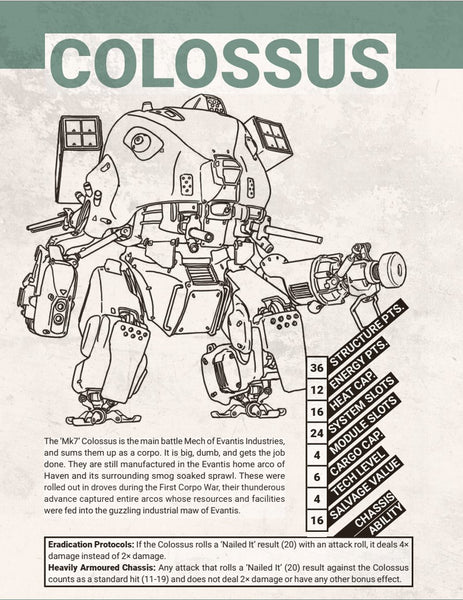
So we decided to give each of the Mech Chassis an entirely unique profile, making each of their Core Stats different alongside each having its ability. This would serve to make each Mech a lot more distinctive, allowing us a lot more flexibility to adjust each Mech as suited to their lore and art and create enough variety that would be fun for players to tinker with in play. It also lets us make Mechs you get earlier in the game have viability later on in the game by being able to adjust their stats so some could still survive or have utility at later points in the game.
Now the challenge was to create stats for each Mech Chassis that would scale satisfyingly, while allowing for meaningful differences between each Chassis. We designed the ‘Chassis Formula’ to accomplish this, which we explain in specific detail here.

This formula effectively weighted each stat of the Mech against one another and output a value that let us compare the relative. This allowed us to create an array of Mechs across the six Tech Levels of the game that were different from one another but scaled in strength.
As part of this process, we entirely removed the ‘Light,’ ‘Medium,’ and ‘Heavy’ tags from each Mech. We found when we were adjusting the values that these served as a constraint to us and provided little in terms of in-game value. We also purposefully left the exact size of each Mech relatively abstract; Salvage Union is designed for theatre of the mind play and isn’t a ‘Mech simulator.’ We wanted to leave exact elements like that abstract in play.
We find as soon as you start to define players will grab onto that, and you end up having to, which can cause unintended consequences in play. We didn't want players saying 'Well, if my Mech is X meters tall, it should just be able to crush yours.' The size categories worked against that, forcing us to define where each Mech fit relatively to each other, which is one step away from just defining their exact dimensions.

We also find players do get frustrated when expectations don’t match what they think in their heads. For example, a high Tech ‘Light’ Mech by our design would potentially have more Structure Points than a lower Tech ‘Heavy’ Mech. This is as the SP value itself is an abstraction that represents more than just physical bulk; however, players often view these things differently and at best could be confused, and at worst would be actively annoyed by it.
The other key design element this system allowed was for the game to be symmetrical, in respect to both the Mechs players were encountering in play and using themselves were built in the same way. This was important as we wanted salvaging, and for that to work. If we'd abstracted the NPC Mechs too heavily, this would have resulted in unsatisfying moments in play where a player wanted to salvage and use an NPC Mech but the layer of abstraction would have made. This way if a player is fighting an Aegis Mech with a Railgun they will be able to salvage it, mount the Railgun on their own Mech or even swap their Mech for the Aegis.

In testing, this new system worked really well. Each Mech Chassis felt unique and had just enough variety between their stats and different abilities to make players feel like they were making genuine choices between each Mech, and giving each their unique identity, from the plucky but fragile Mazona to the lumbering Spectrum and its all-knowing data scanner.
We're really pleased with how the iterative design process on Salvage Union worked out, but we'd love to hear your thoughts. What elements of Mech game design interest you? What are you working on that can mix up this formula? Salvage Union is also going to have a fully open SRD, if you want to create content for it you can and we want to encourage that in any way we can. We'd love to hear your ideas.
Interested in playing Salvage Union?
Salvage Union is now available to buy here.
You can download the free QuickStart here https://leyline.press/products/salvage-union-beta-quickstart-digital-edition-pdf
You can join the Salvage Union Discord here - https://discord.gg/gmM6jTT8qm
Follow Salvage Union on Twitter - @salvageunion
Follow Salvage Union on Instagram - @salvageunionrpg
Subscribe to the Leyline Press newsletter here to receive updates Salvage Union and our other games.
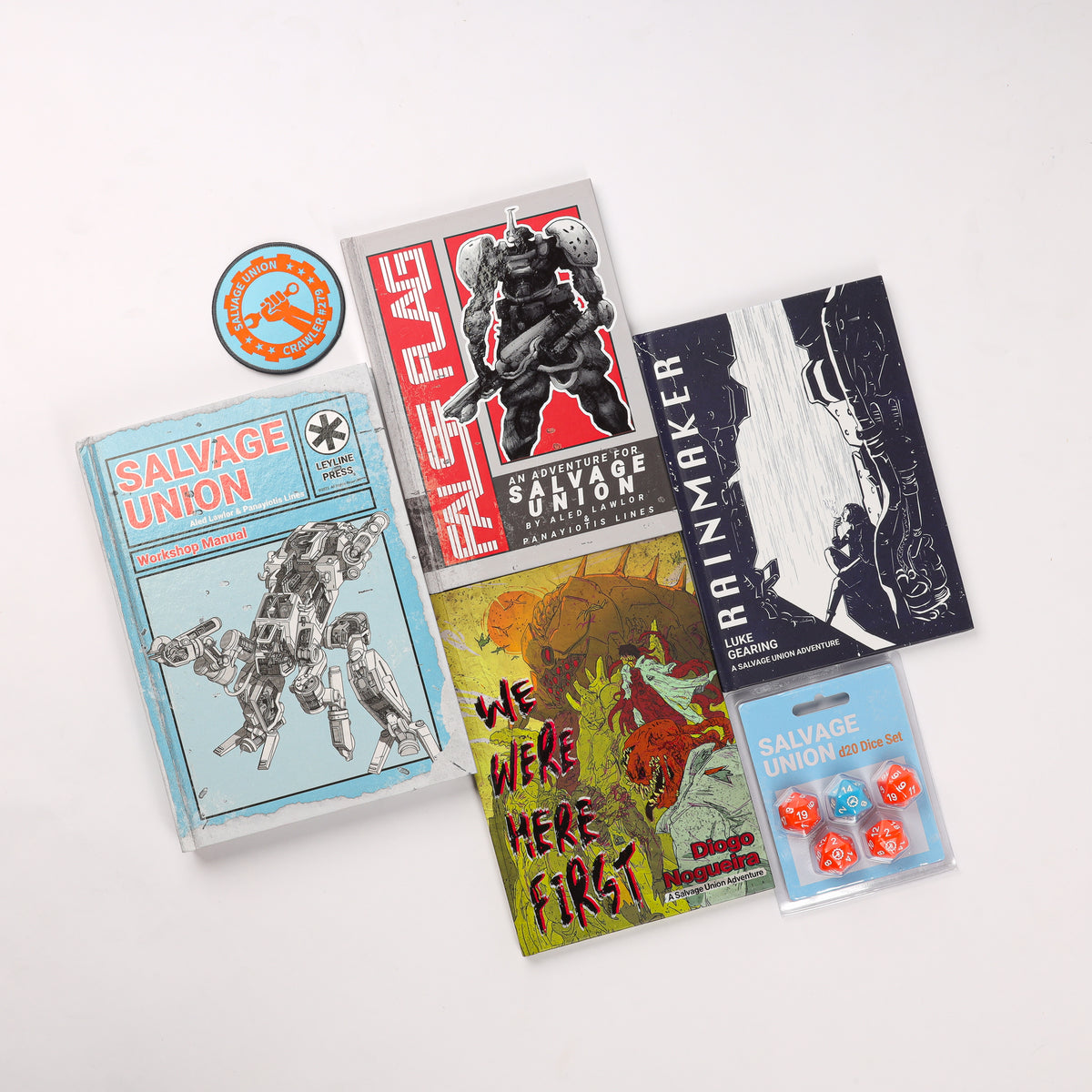
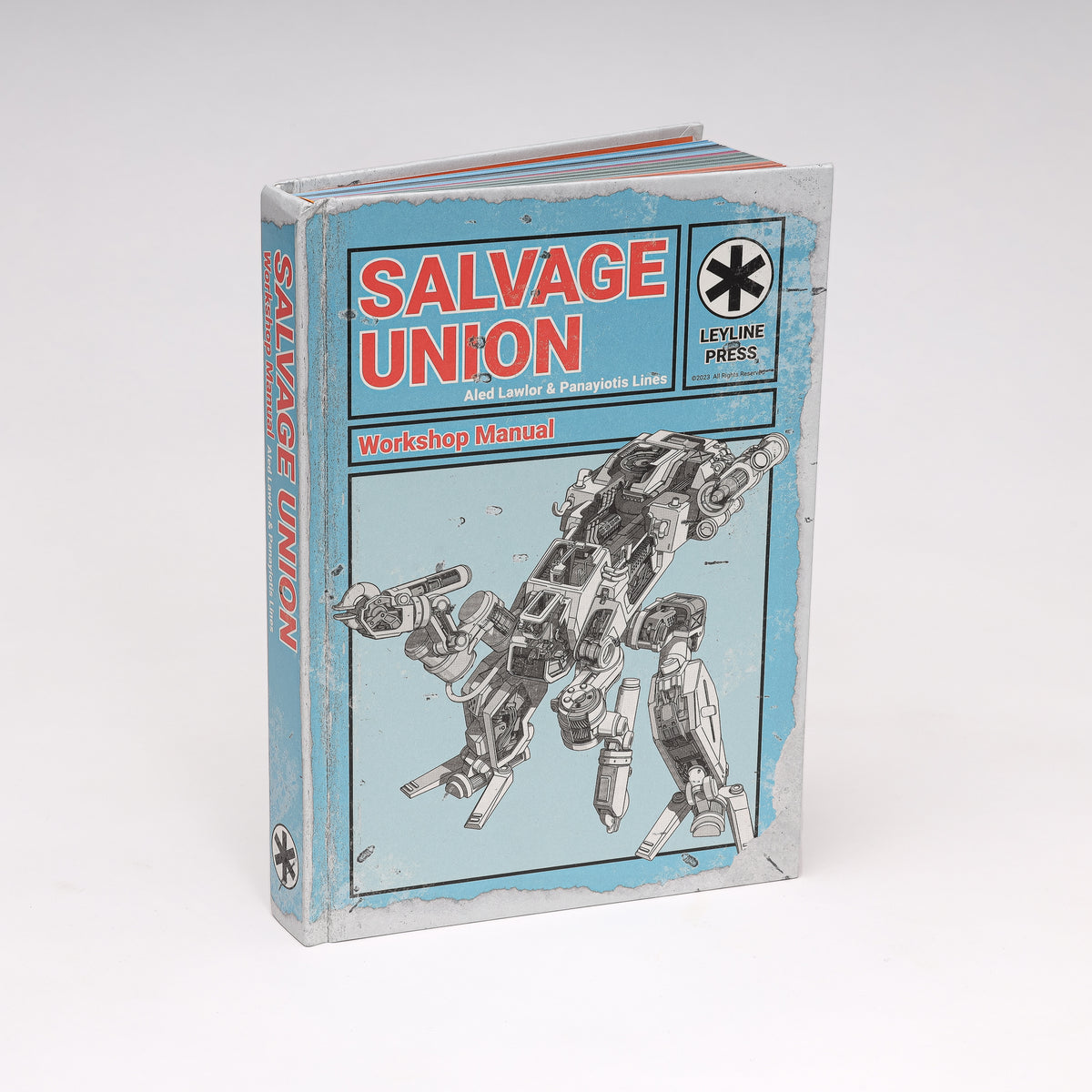
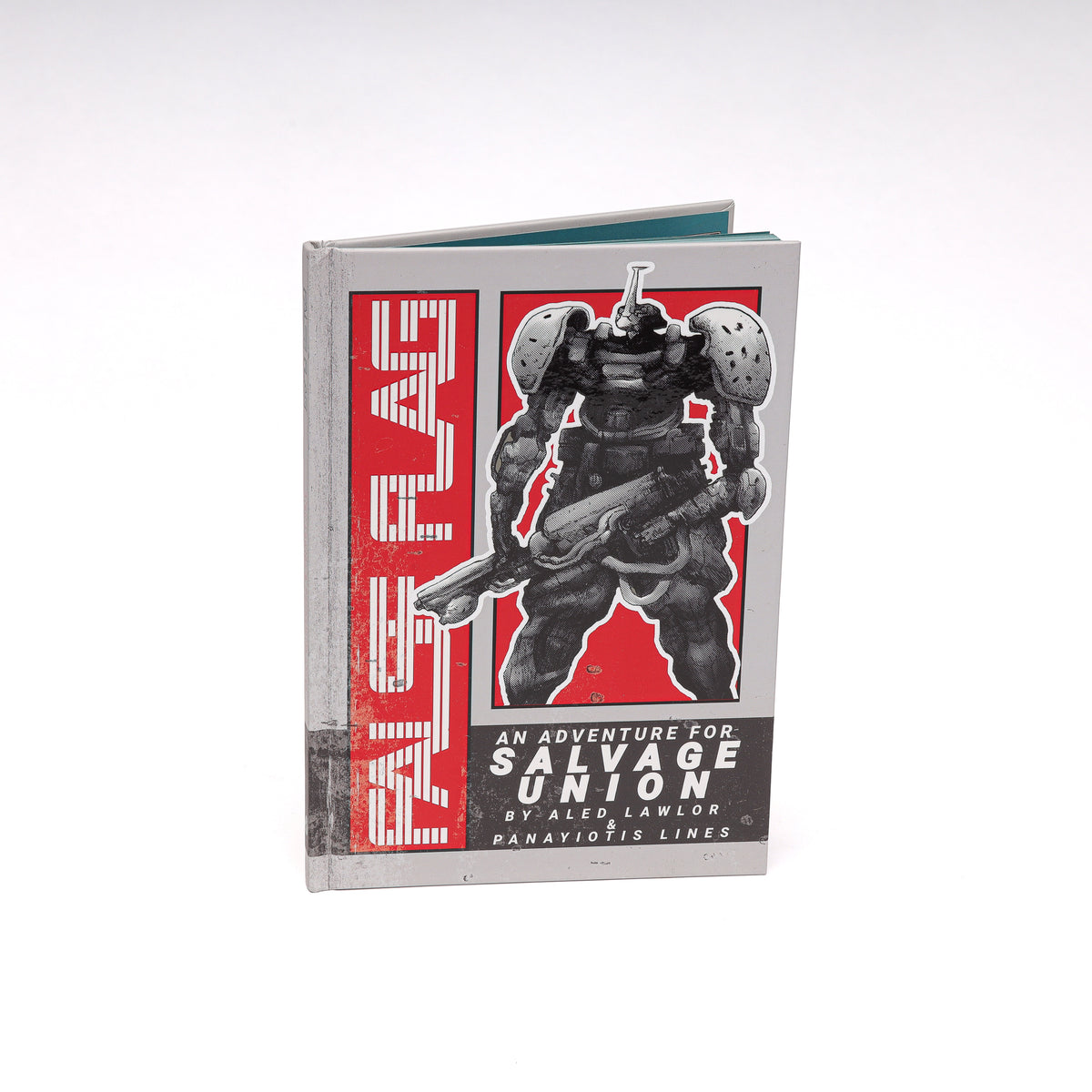
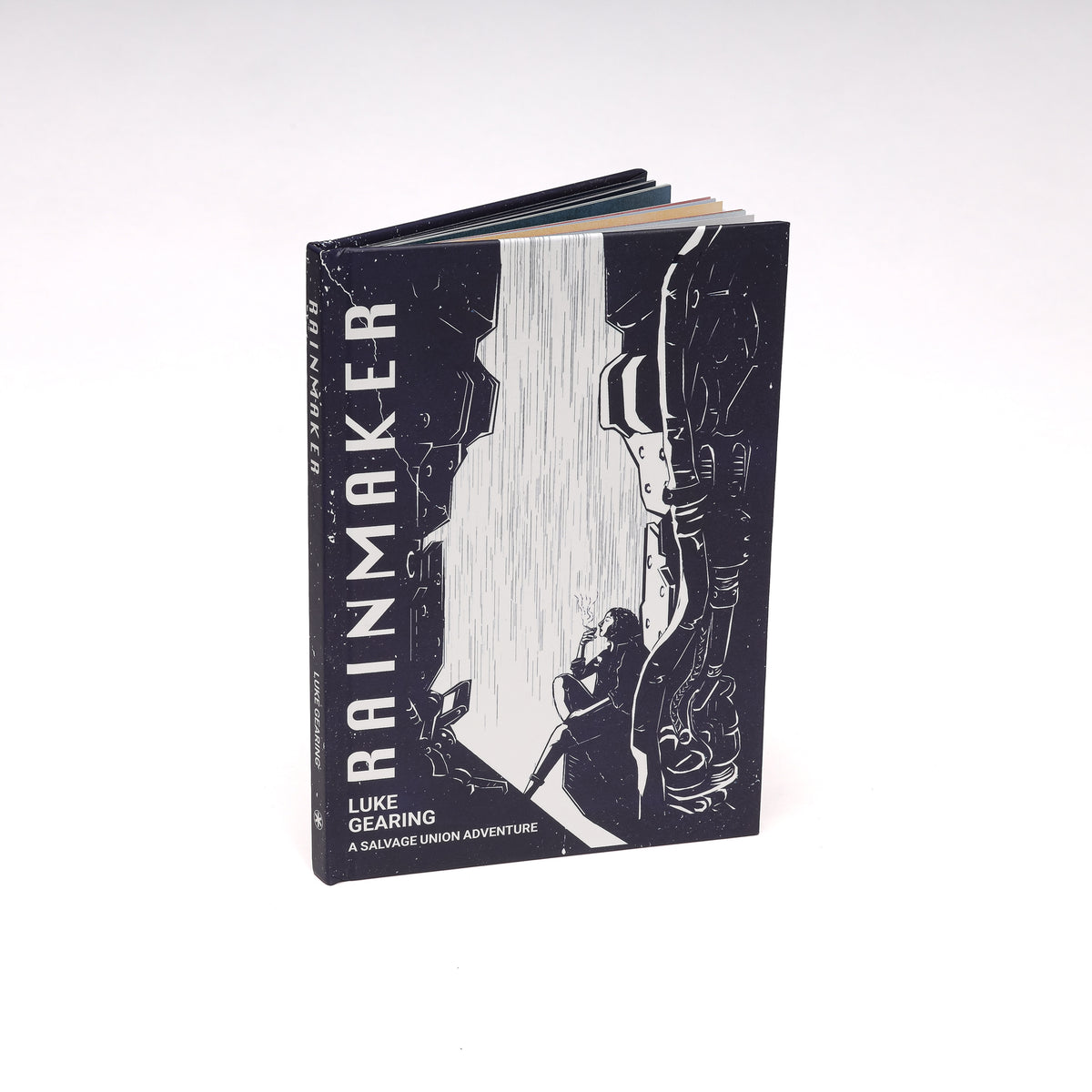

0 comments